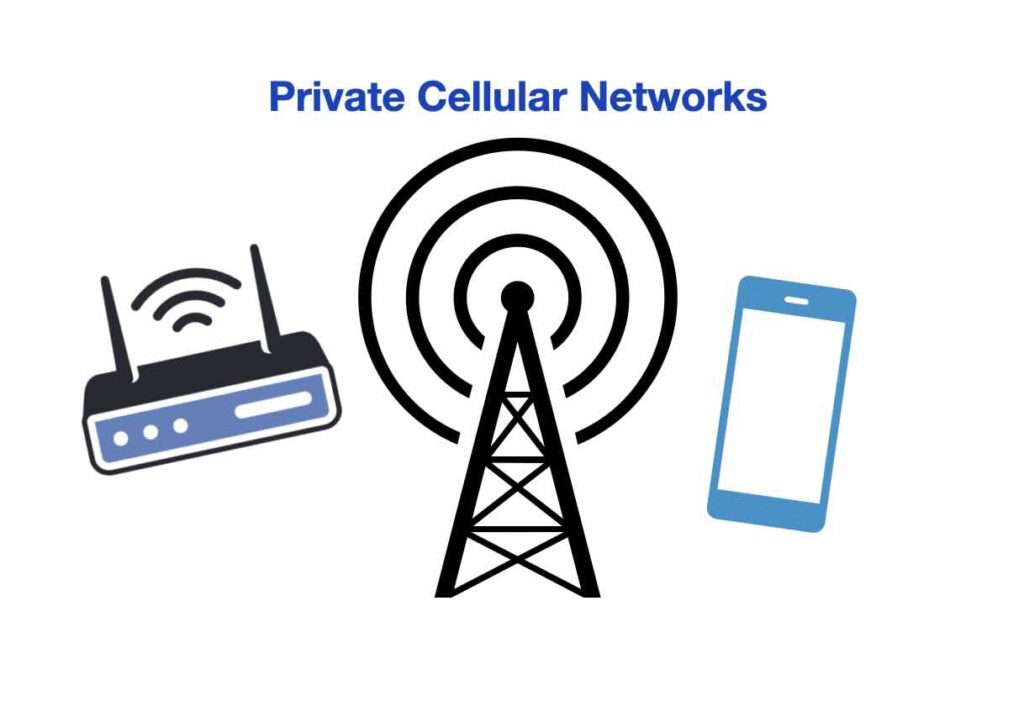Private cellular networks began as an alternative to traditional public cellular and WiFi networks. With the advent of 4G LTE and 5G, enterprises sought a solution that provided more control, security, and performance. By utilizing cellular technology to establish localized, on-premises networks, businesses could create a dedicated system tailored to their needs. The Federal Communications […]
Tag: PCN
CBRS: Revolutionizing Wireless Communication with Shared Spectrum
In the ever-evolving world of wireless communication, the demand for faster, more reliable, and ubiquitous connectivity continues to rise. To address this need, the Citizens Broadband Radio Service (CBRS) has emerged as a private networking solution. It leverages shared spectrum to optimize wireless networks and empower various industries. This article delves into the CBRS framework, […]
What You Should Know About Private 4G LTE and 5G Networks
Connectivity has become the lifeblood of modern enterprises. With the exponential growth of data-driven technologies, businesses are seeking reliable and high-performing networking solutions that can meet their evolving demands. Enter private cellular networking – a game-changing innovation that promises to revolutionize enterprise connectivity. In private cellular networking, one common requirement across all enterprise deployments is […]


